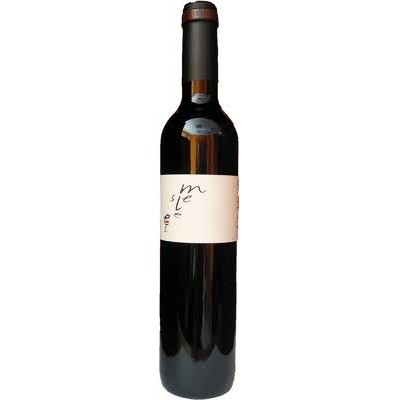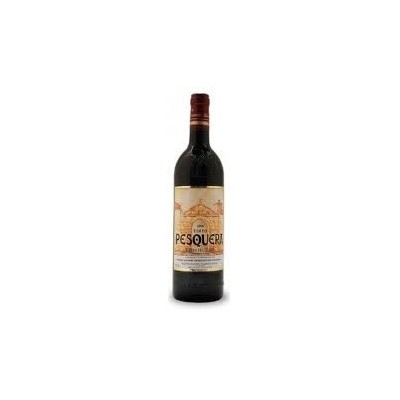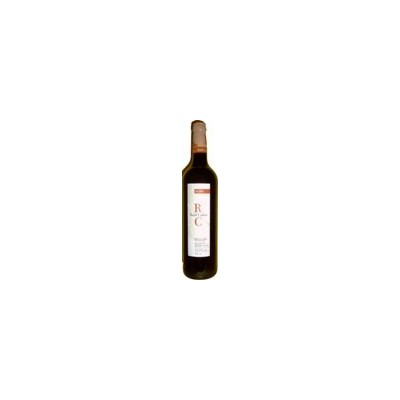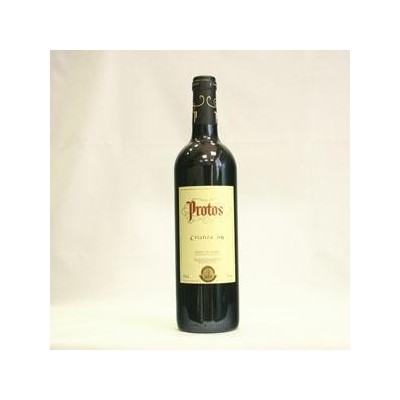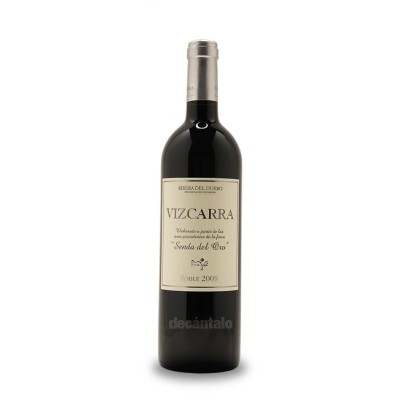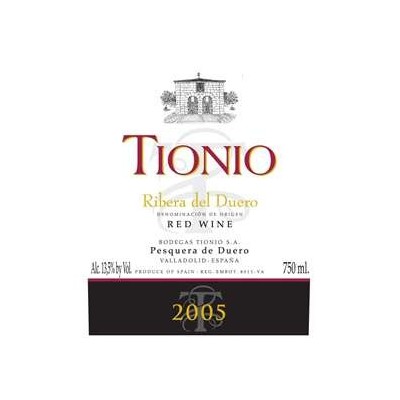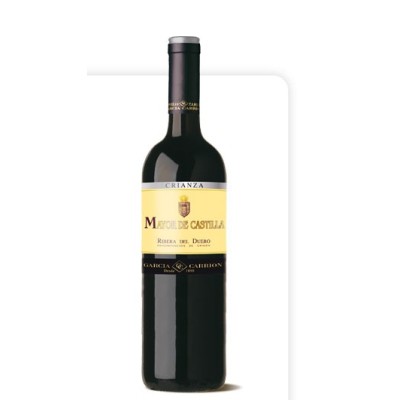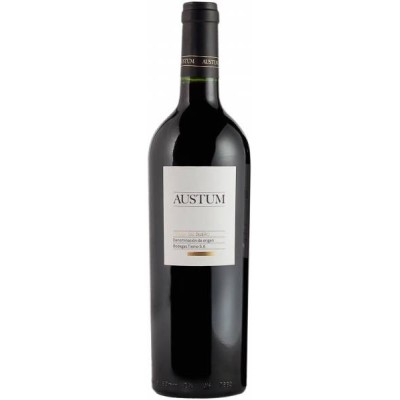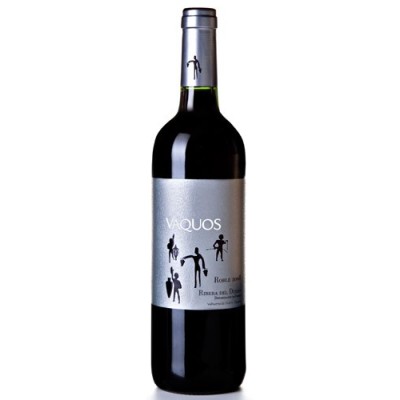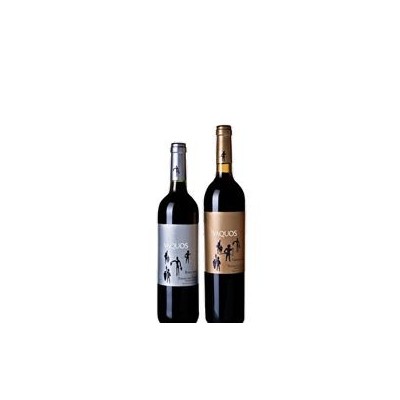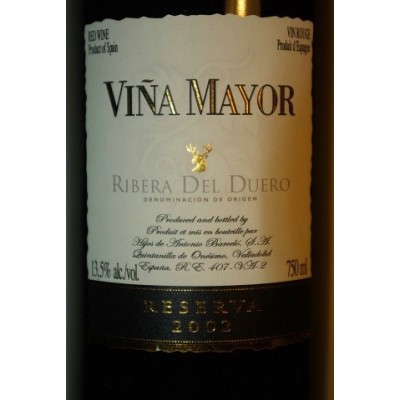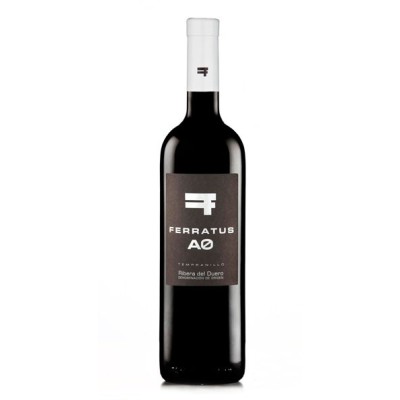- Home
-
Wines
addremove
- Spanish wines with D.O.addremove
- Bierzo
- Catalonia
- Cigales
- Conca de Barberá
- Costers del Segre
- Empordá - Costa
- Jumilla
- La Mancha
- Méntrida
- Montsant
- Navarra
- Penedés
- Pla de Bages
- Priorat
- Rias Baixas
- Ribeiro
- Ribera del Duero
- Rioja
- Rueda
- Somontano
- Terra Alta
- Toro
- Uclés
- Valencia
- Yecla
- Alicante
- Calatayud
- Almansa
- Valdeorras
- Málaga
- Tarragona
- Madrid
- Binissalem Mallorca
- Pla i Llevant
- Ycoden-Daute-Isora
- Manchuela
- Getariako Txakolina
- Ribeira Sacra
- VT Mallorca
- Local winesaddremove
- Champagne
- Spanish fortified winesaddremove
- Banyuls
- Tokaji
- Marsala
- Madeira
- Oporto
- Import Winesaddremove
- Bag in Box
- Cava
- Spanish wines with D.O.addremove
-
Whisky
addremove
-
Spirits
addremove
- Absinth
- Aguardiente
- Akvavit
- Anise Liqueur
- Aperitives
- Armagnac
- Brandyaddremove
- Catalonia
- Jerezaddremove
- Other areas
- Cachaza
- Calvados
- Cazalla
- Chinchón
- Cognac
- Ginaddremove
- Grappa
- Licouraddremove
- Marc
- Orujoaddremove
- Pacharán
- Pippermint
- Pisco
- Poire Williams
- Punch
- Ronaddremove
- Sambuca
- Cider
- Tequila
- Vermouth
- Vodka
- Mezcal
- Sake
- Ratafia
- Gourmet addremove
- Packs addremove
Ribera del Duero
Ribera del Duero
GEOGRAPHICAL SITUATION AND DATA OF INTEREST This D.O. It is distributed among the provinces of Burgos, Valladolid, Soria and Segovia. The Phoenicians introduced wine growing techniques, the Romans. In the necropolis of the vacceo site of Pintia (Padilla de Duero, Peñafiel) Roman trousseau related to the wine ritual has been located. In 1295 the harvest began to be regulated and since the 15th century, the production and quality of the wine. There are underground cellars in Aranda de Duero, which form a network of seven kilometers of tunnels that were excavated between the 12th and 13th centuries. CLIMATE The climate is hot and dry in summer but spring frosts are a risk for the vines. Winters are cold and harsh. SOIL, VINES AND GENERAL CHARACTERISTICS OF THEIR WINES. The Duero River crosses the area forming a valley. The soils are gravelly and deep. The high altitude of the area gives quality to the wines. The wines are mainly red. The most characteristic grape variety is generically called Tinta del País (Tempranillo), which constitutes more than 90% of the production. According to the regulations of the Regulatory Council, for a wine to qualify for the D.O. must include at least 75% Tempranillo in its preparation. However, varieties such as Cabernet Sauvignon and Merlot are part of the blend of some of the best wines, especially those reserved for reserves and great reserves, with which the wine is enriched without losing its strong personality. The young reds are purple-red in color and have a concentrated chromatic layer, they have aromas of ripe fruit, good acidity and tannic expression with notes of rusticity. The reds aged in barrels are powerful, full-bodied, with good acidity, complex and deep.
There are 34 products.
Availability: 100 In Stock
Vino Tinto D.O. Ribera de Duero
Tempranillo, Merlot
Availability: 84 In Stock
Vino Tinto D.O. Ribera de Duero
Tempranillo 100%
Availability: 100 In Stock
Vino Tinto D.O. Ribera de Duero
100% tempranillo
Availability: 92 In Stock
Vino tinto. D.O. Ribera del Duero
100%Tinto fino
Availability: 100 In Stock
Vino tinto. D.O. Ribera del Duero
100% Tinto Fino
Availability: 12 In Stock
Vino tinto. D.O. Ribera del Duero
100%100 Tinto fino
Availability: 12 In Stock
Vino Tinto. D.O. Ribera del Duero
100% Tinta del país
Availability: 100 In Stock
Vino tinto. D.O. Ribera del Duero
100% Tinto fino ( Tempranillo )
Availability: 100 In Stock
Vino tinto. D.O. Ribera del Duero
100% Tinto fino (Tempranillo)
Availability: 12 In Stock
Vino tinto. D.O. Ribera del Duero
100% tinta fina
Availability: 100 In Stock
Vino Tinto. D.O. Ribera del Duero
100% Tempranillo


